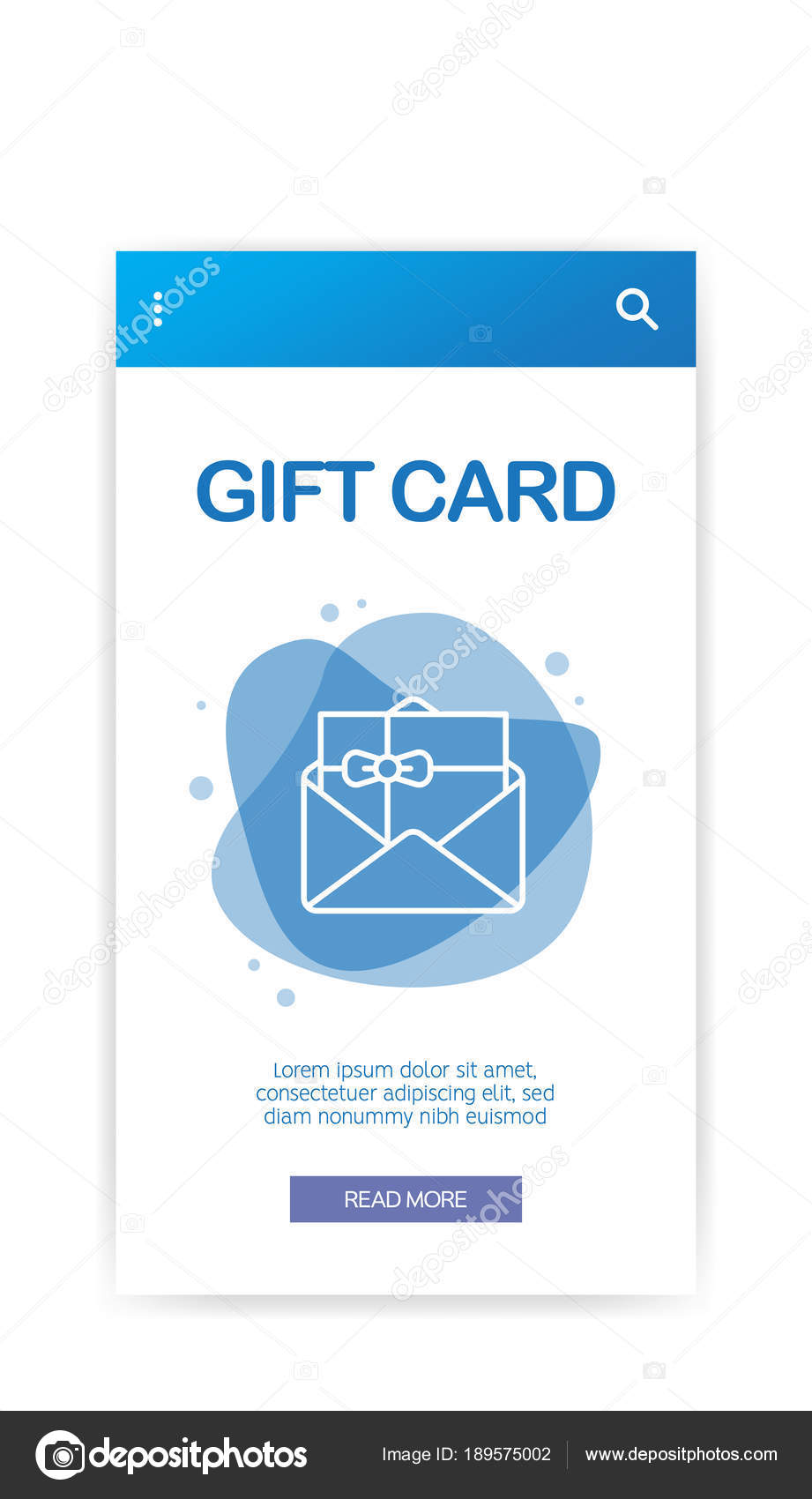Typography Trends in Glass Inscription
Engraved glass items can share a feeling of elegance, beauty and brand name identification. Font option plays a key role in establishing the tone of an engraving, particularly when developing company presents or landmark celebrations.
Modern sans-serif fonts provide a well balanced aesthetic for engravings that communicate technology or forward-thinking brand name identities. Try pairing them with traditional serifs to bring an extra artistic style to your layouts.
1. Flared or Moving Details
Etching on glass uses a selection of design choices. For round items, such as containers or containers, using a rotating attachment enables regular and even etching throughout the surface area. Engraving from the inside of the glass allows an extra refined, decorative look and even a full-color paint fill.
Lively typefaces stimulate energy and charm, making them excellent for brand names that aim to stand apart and reverberate with target markets. The overlapping, interlocking and weaving of letterforms create a sense of motion or deepness in typography that captures the audience's interest and intrigue.
Clarity is a crucial variable to take into consideration when picking a font for glass engraving. Choosing the best size, weight and spacing allows for simple reading at any type of angle or range. Font design likewise contributes, with manuscript and attractive typefaces offering an official or elegant appearance, while handwritten fonts offer a more personal touch. Variable fonts make it possible for developers to include a selection of designs and weights in a file, which aids keep uniformity and makes certain that the message or graphics are still readable.
2. Deformed or Altered Kind
Installing altered text within a style is an efficient way to add character and make the design stand out. This design has actually come to be specifically preferred for logo designs and short taglines, as it produces a sense of personality while also appearing modern-day and one-of-a-kind.
Glass distortion is an usual trouble that can happen during production, processing or installation of bent glass panels. It can be brought on by the level panel being rolled right into a rounded shape, flexing the glass while warming it or throughout setup.
One way to reduce the occurrence of glass distortion is by utilizing a high-grade bent laser engraving maker with a rotary attachment. This method permits you to map the surface of the curved panel with a marker and afterwards gauge the distortion. Later on, you can use this information to develop ideal resistances for the rounded panel. This process is time consuming, however, and would be extra reliable if it could be automated.
3. Unwinded Typography
As homes and offices change in the direction of minimalist visual appeals, etched glass offers an elegant choice for adding appearance to an area. Its subtle beauty is perfect for a modern-day interior decoration and complements the latest glass production patterns.
Using CNC laser modern technology, complex patterns can be etched into glass surface areas, with styles ranging from geometric to organic. This liberty enables developers to produce distinct, artistic job and accommodate a wide variety of applications.
Unlike various other ornamental materials, personalized glass is appealing and communicates with light to change the atmosphere of a room. This particular attracts a particular niche market of luxury personalized drinkware collection agencies and elevates glass wares to the condition of art. The global glass inscribing market is growing as a result of the increasing demand for individualized gifts and bespoke architectural components. Technical developments and the rise of on-line markets are also driving market development. Nonetheless, the high preliminary investment prices of sophisticated glass engraving equipments limit market penetration.
4. Unintelligible Type
Personalized glass is a lovely and functional kind of art that stimulates a stylish feeling. From etching the bride and groom's names on wedding celebration champagne glasses to developing business awards, inscribing glass is a prominent and versatile means to produce a distinct item for individual or industrial use.
Glass engraving is generally done by utilizing among several strategies, consisting of sandblasting, acid etching, and laser engraving. Sandblasting is extensively utilized for high-volume production, stabilizing cost-effectiveness with top quality, while acid etching supplies greater degrees of detail and precision for more premium applications. Laser engraving offers one of the most adaptability and rate for mass modification of glass products, driving development in the market.
Choosing the right laser engraver for glass can make all the difference in your finished product. The Gweike Cloud Pro, for example, is a fantastic choice for expert glass laser engraving, with its industrial-grade components, bent inscription abilities, and clever set handling. Adding dampened paper towel or application tape to your work area can also help protect against the surface area from becoming rough, ensuring a smoother and more consistent inscription.

Comments on “The Science Behind Laser Engraving On Glass”